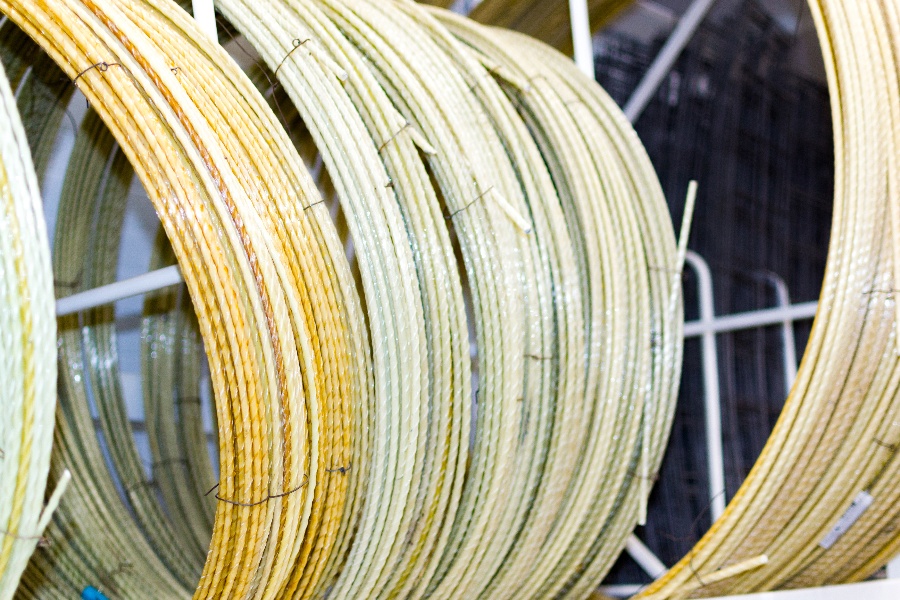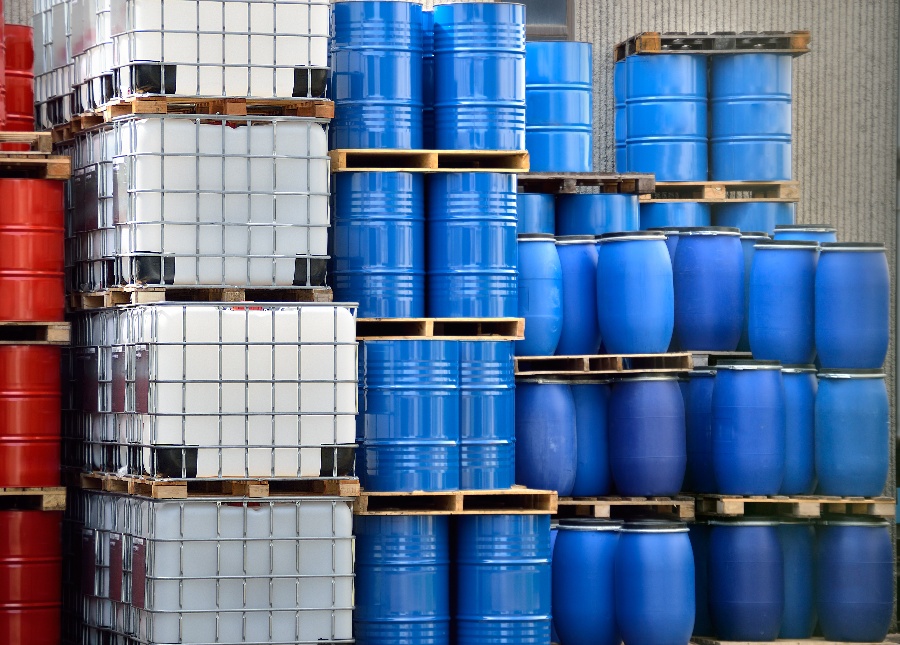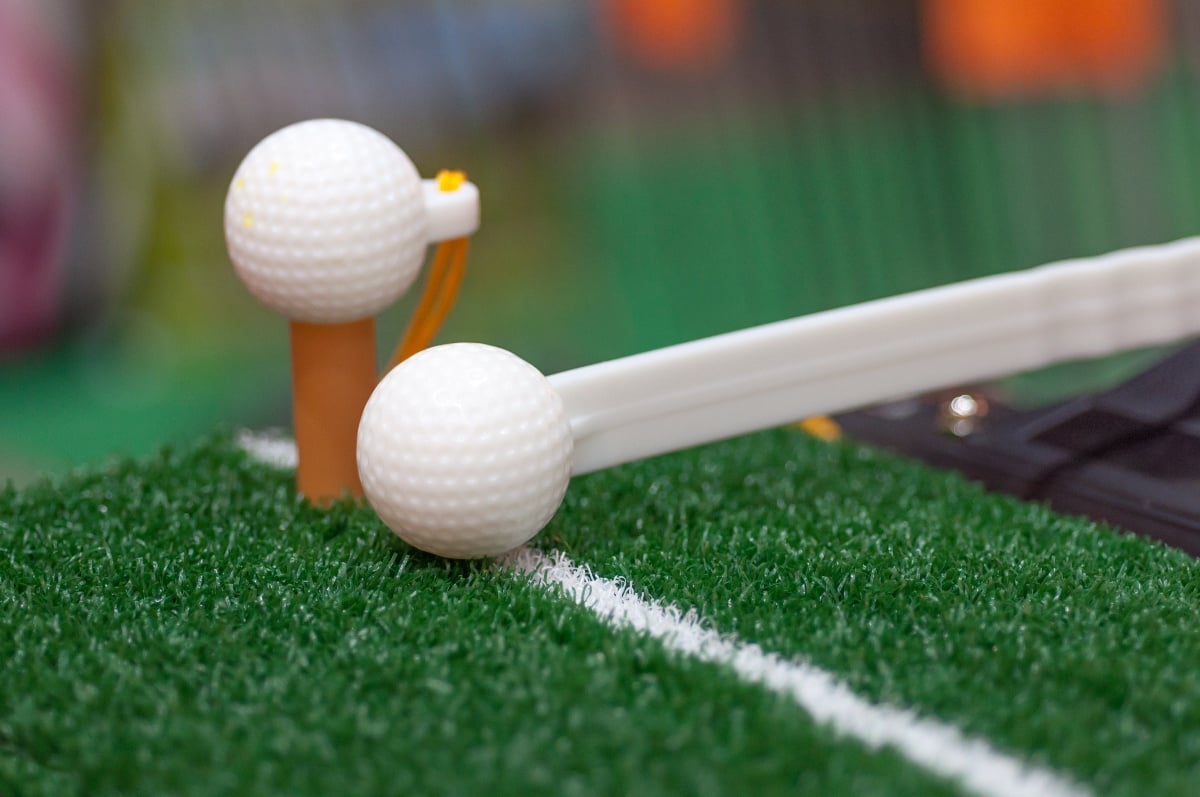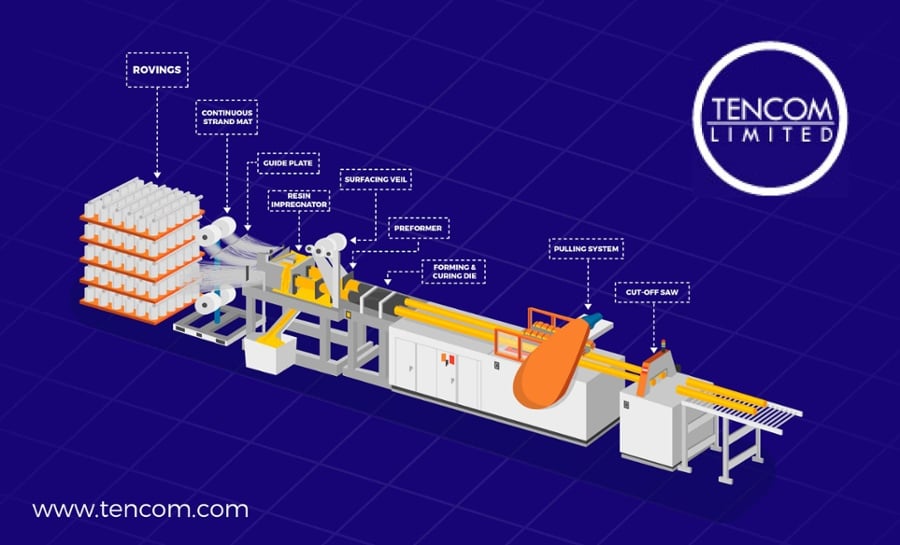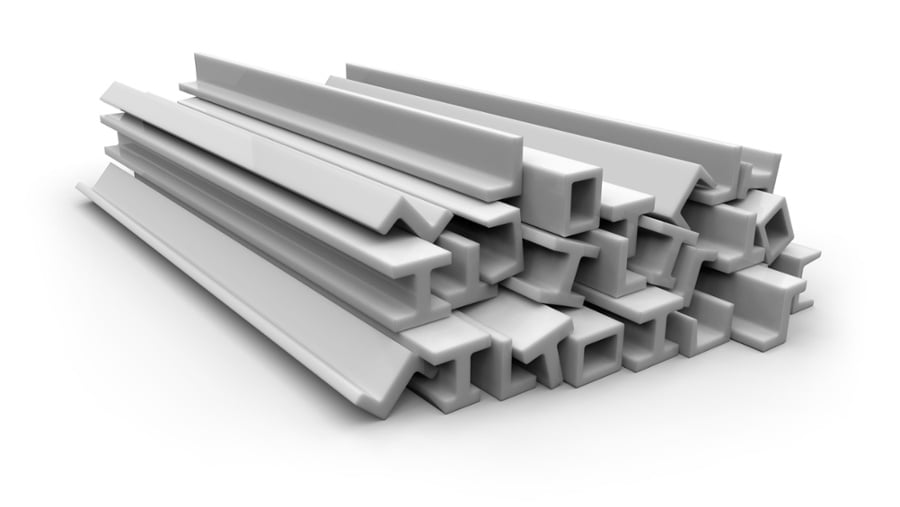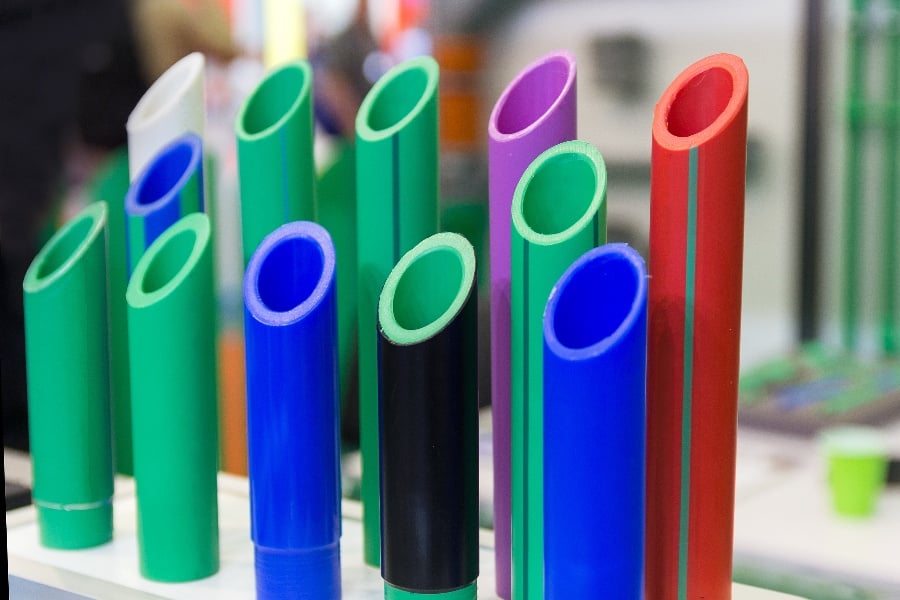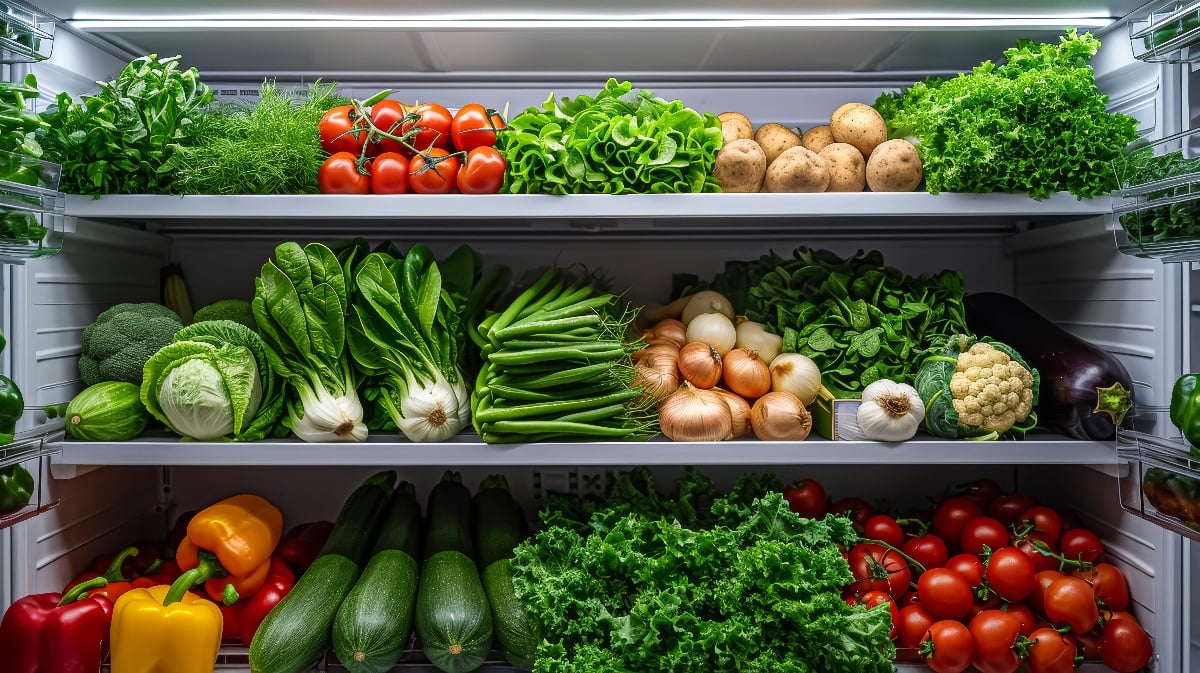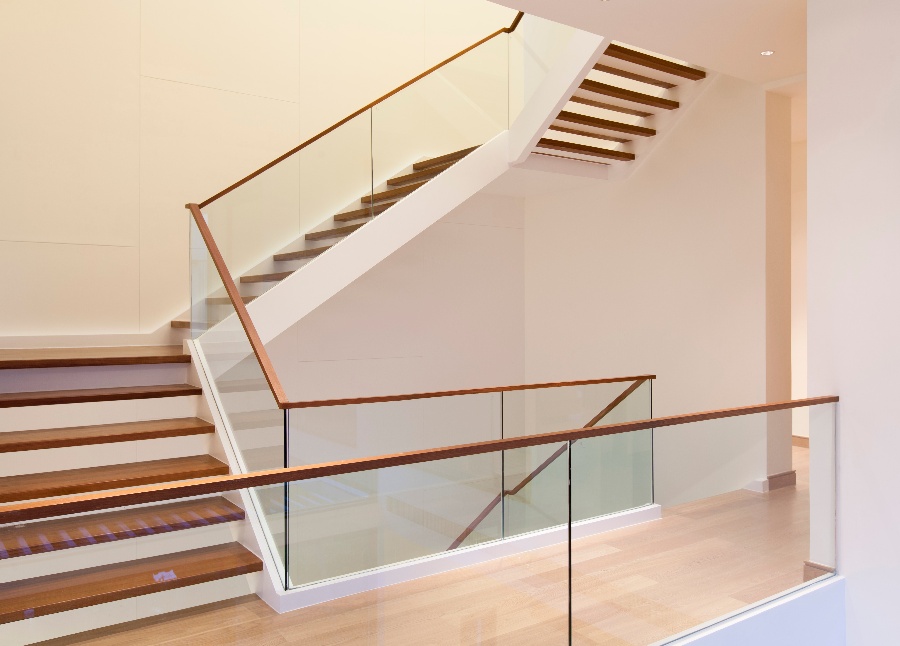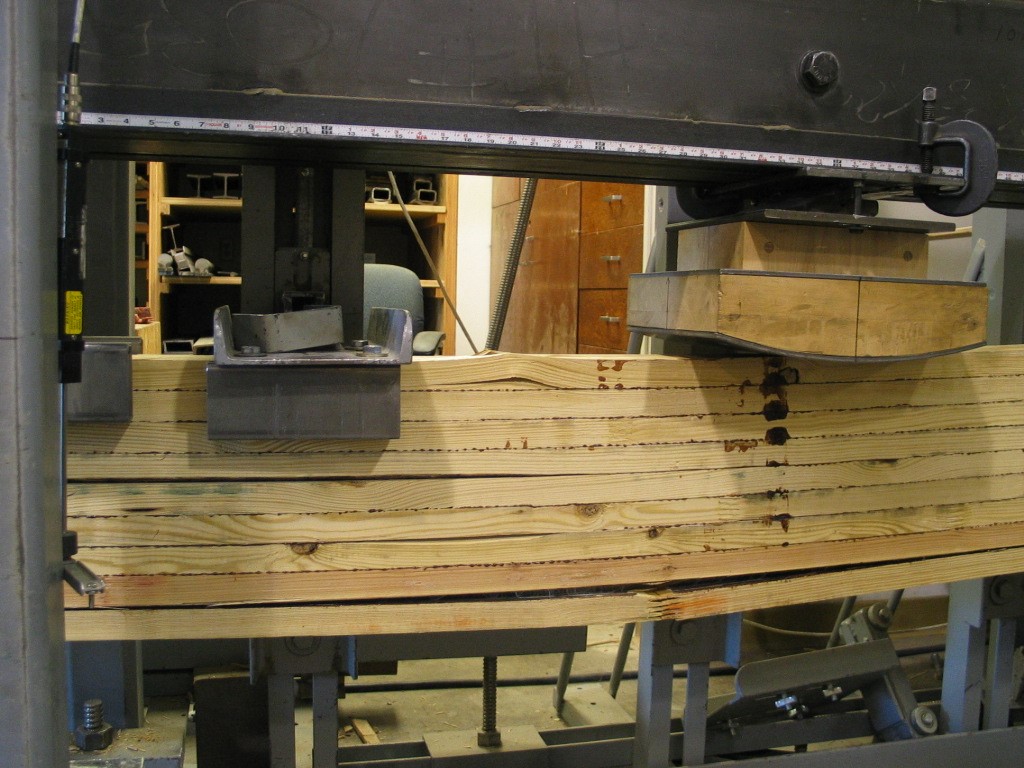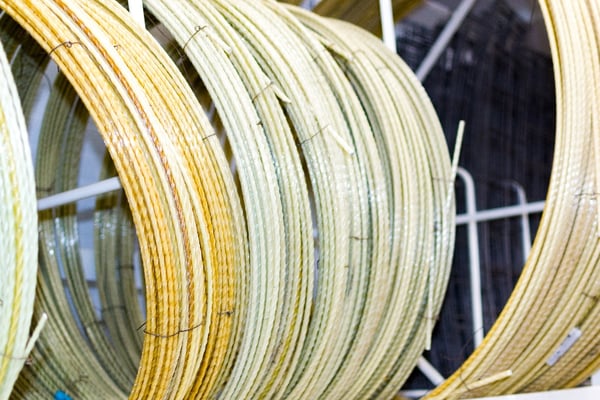
Composite products are very different from traditional materials. They derive their structural properties mostly from fiber reinforcement.
Thin glass fibers, which exhibit high tensile strength, are susceptible to damage. On the other hand, most polymer resins are weak in tensile strength but are very tough and malleable.
However, when combined, the fiber and resin each counteract the other’s weakness, which results in a material that is stronger and is far more useful than each individual component.
Pultruded composites are made up of two very different components ─ fiber and matrix (mostly a polymer resin). When combined, they make up a new material. Properties such as being light in weight and high tensile strength are continuing to push composite materials into new applications.
Such materials provide a low coefficient of thermal expansion (CTE) and offer good vibrational damping. Resistant to fatigue, the pultruded product has design flexibility and significantly reduces the number of parts required for specific applications.
This results into a finished product that requires less raw material as well as fewer joints and fasteners. An added plus is that it takes less time to set up and install. These characteristics make it ideal for specialized applications.
Let’s take a look at how they are made.
How Pultruded Products are Made
What is pultrusion? Pultrusion is a manufacturing method used to produce composites with close-dimensional cross-sections. With continuous and cost-effective processing, the pultrusion technique is used for parts that need good dimensional tolerance, high fiber volume fractions, excellent reinforcement alignment, precise control of resin and fiber, and low scrap rates.
This technique is a suitable process for making either solid or hollow profile-like channels, pipes, tubes, rods and flat bars. There are two common pultrusion processes:
- Resin-bath pultrusion (RBP) process
- Resin-injection pultrusion (RIP) process.
We take a deeper dive into the RBP process which can be used for thermoplastic and thermoset matrix materials. Process speeds vary according to the profile size and geometry. These vary between 0.02 and 3 m/min for thermoset materials and has a potential of 20 m/min for thermoplastic materials. Process speed is between 0.2 and 0.35 m/min for thermoplastic materials.
In thermoplastic pultrusion, preheated continuous fiber strands are pulled into the impregnated machine so as to completely soak the fibers. Then the melt impregnated reinforcements are passed through a cooling die, which controls the shape, size, and finish of the final products. A mechanism is used to control the speed of the process and generate a dragging force on the products. Finally, a pelletizing system is used to cut the final products.
When it comes to cost and durability, fiberglass composites are an appropriate material which can be used in severe environmental conditions. For this reason, fiberglass bars are widely used for building new structures and rehabilitating the existing ones.
During the pultrusion process, fiberglass bars can be custom branded into different colors by adding pigments to the resin or produced for outdoor applications by applying a UV-resistant treatment.
The Unique Properties of Fiberglass Bars
Let's take a look at the unique properties of pultruded fiberglass bars:
- High dimensional stability and high tensile strength: Pultruded fiberglass bars maintain their shapes under humid or high-heat conditions. These bars are exceptionally strong because of the continuous length of reinforcing fibers.
- Lightweight: pultruded fiberglass bars can be up to 30% lighter than aluminum and 70% lighter than steel of the same strength.
- Corrosion- and chemical-resistant: FRP bars is not affected by oxidation or corrosion and are resistant to a wide range of chemicals.
- Non-conductive: Pultruded fiberglass bars are an effective barrier for hot or electrically-charged components as these are electrically and thermally non-conductive.
- Impact-resistant: Fiberglass bars can retain their shapes upon impact and don’t deform permanently under working load.
- Non-magnetic electromagnetic transparency: FRP is EMI/RFI transparent, making it an ideal material for specialized applications in which metal parts can't be used due to possible interference.
- Durable with a long lifecycle: FRP can have a lifecycle of 75 to 150 years with very few maintenance requirements and low maintenance costs. The manufacture of pultruded FRP products is energy-efficient, requires less heat, produces less wastage, and causes less pollution.
- Easy to handle, transport and install: pultruded fiberglass bars are lightweight and durable, which reduces the cost of transporting the materials. In addition, they can be cut and shaped using simple tools for easy installation.
Applications and Uses
Today, common applications for composites can be seen in the infrastructure, civil engineering, automotive, transportation, oil & gas and energy sectors.
Pultruded fiberglass bars are commonly used as a replacement product to metal to provide cost-effective solutions that are corrosion-resistant, low-maintenance, durable, and lightweight. With tensile strength and versatility, fiberglass bars are especially useful in the following sectors:
- Telecommunications: Pultruded glass bars are used in a wide range of applications because they are durable, non-conductive, and require little to no maintenance. Pultruded glass bars are also transparent to Electromagnetic & Radio Frequency Interference (EMI/RFI).
- In power and distribution plants where there are electric currents involved, or in steel mills and aluminum smelters, the inductive current that generate within the coil will heat up the steel rebar and result in loss of its strength. They are used in electrical lines and trunking, ladder rails, and fiber optic cabling.
- Infrastructure and construction: FRPs are durable and sustainable and are an ideal choice for many outdoor construction projects. Easy to cut, shape, and install using simple tools, minimal maintenance requirements lower the total costs of the project. In addition, unique shapes can be created for specific purposes. For example, pultruded fiberglass I-bars can be used to construct strong and corrosion-resistant walking surfaces while flat beams are an ideal structural component for many construction projects. Also, pultruded fiberglass bars are used in bridge components, corrosion-resistant guardrails, railway crossing arms, and highway sound barriers.
- Utilities: Pultruded bars are widely used for items such as utility poles, cross arms, and line markers.
- Sporting, Recreational and Outdoor Equipment: Able to withstand moisture, sunlight, heat, and heavy wear, pultruded fiberglass bars are ideal for use in various outdoor equipment. These include outdoor furniture to high-performance sporting equipment. Examples include hockey sticks, sailing equipment, ski poles as well as paddles.
Talk to Us
Tencom makes pultruded products that are lightweight, durable, non-conductive, non-magnetic, stabile, and strong. They are resistant to thermal damage, chemical, corrosion, rust, and impact. They are even sustainable. That’s right.
Our pultrusion process requires less heat and produces less waste. That means reduced pollution into the environment. Furthermore, fiberglass products can be recycled and re-formed for use in other applications, making them very eco-friendly.
Want to learn more about our fiberglass products? Talk to our experts today.

